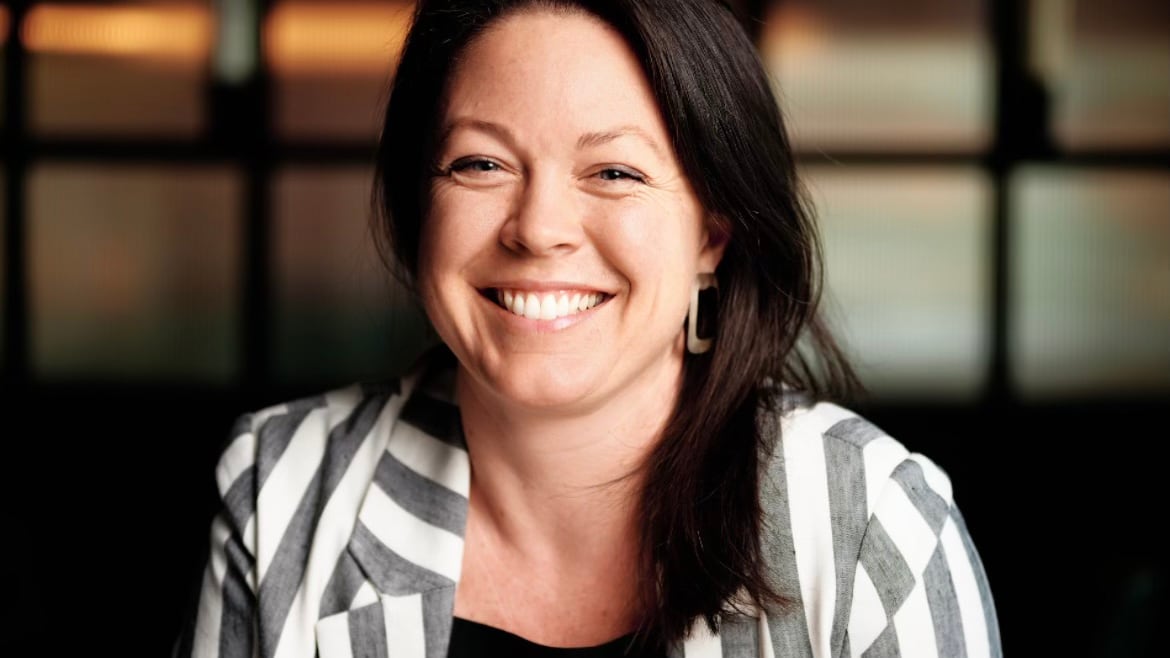Selecting the perfect wine for a meal doesn’t have to be as scary as we think it is. To get some guidance, I headed to Grand Amari and spoke with general manager Catherine Stratton Wenger, a Vinitaly International Academy Italian wine ambassador who manages the wine list for Grand Amari and Alpenrausch. Executive chef Mike Stone set me up with dishes almost too beautiful to eat while Catherine walked me through how to select the right wine for any meal.
1. Drink what you like.
Stratton Wenger says this is the most important rule for wine selection. No matter what the dish, don’t force yourself to drink the “right” wine; go for a wine you know you’ll love. That being said, there are two other key rules in selecting wines that can make your meal sing a little louder…
2. Mirror flavors.
A wine that contains some of the same elements as your dish can really bring out the flavors. For instance, Loredan Gasparini Asolo Prosecco Superiore has both floral and white orchard fruit notes and a creamy texture. When paired with Stone’s spring floral salad with burrata, sugar snap peas and strawberries, each element’s flavors were enhanced: The cheese was creamier, the strawberries strawberrier, the sugar snap peas more mineral and fresh.
3. Try out contrasting tastes too.
On the flipside of flavor mirroring is pairing wine with opposite qualities of the dish. This can really help bring out the flavors of your food as well. Stone’s Buckwheat pasta with duck ragù and Parmigiano Reggiano pairs with Dirupi Rosso di Valtellina Olé, a Nebbiolo wine from the same region as the dish. They were “made for each other” and possess some of the same qualities since they came from the same soil. In this case, “alluvial gravelly soil from when the glaciers melted,” Stratton Wenger says (Tip within a tip: Regional meals go well with regional wines). This wine offered a bitter-meets-floral profile that brought out the dish’s complex nuttiness.
A few other things to keep in mind…
• If you’re unsure, Stratton Wenger says, sparkling wine is the most versatile. A sparkling rosé or white tends to go well with every course.
• Stratton Wenger notes that one of the reasons red wines can give you a headache is the wine is in contact with the grape skin longer—and when the vineyard isn’t organic, that wine is soaking in chemicals. Headache central.
• “If it’s less than $12 a bottle, it’s not the greatest quality and is more likely to have more pesticides and less complexity,” Stratton Wenger adds.
• If the dish is spicy, Stratton Wenger notes, avoid red wine—it’ll just make the dish taste spicier.
• With a classic pasta dish, Stratton Wenger says, you can’t go wrong with Sangiovese. A Chianti loves pasta.

